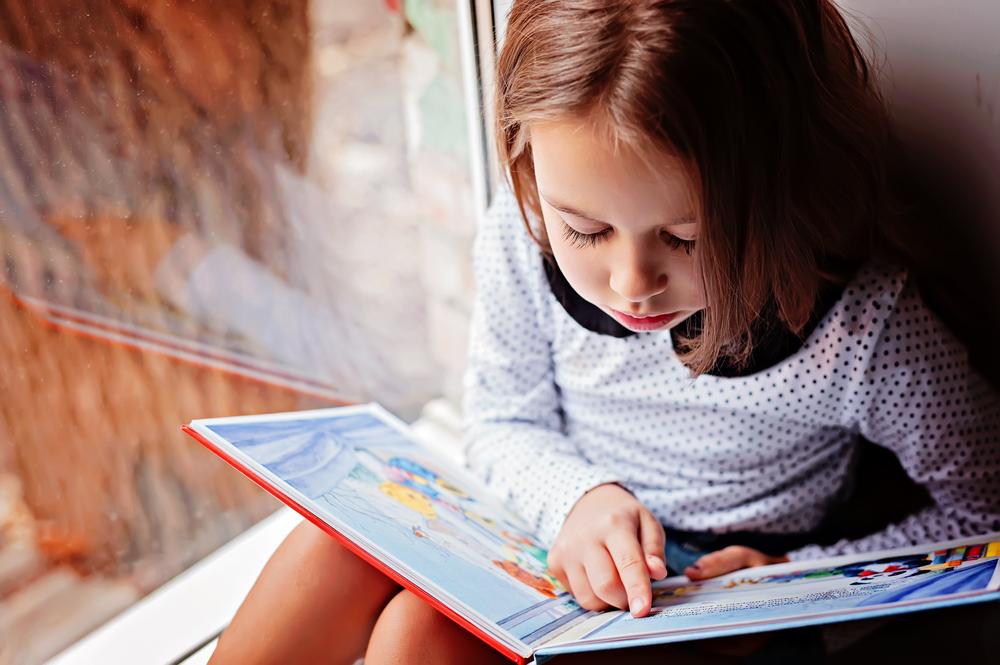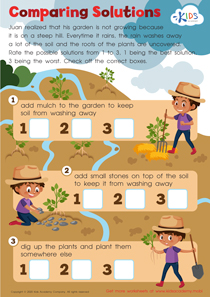Tracing Shapes Worksheets Activities With Answers for Ages 3-7
20 filtered results
-
From - To
Discover a fun and engaging way for children ages 3-7 to enhance their fine motor skills with our Tracing Shapes Worksheets Activities. These thoughtfully crafted worksheets allow young learners to practice tracing a variety of shapes while promoting hand-eye coordination and cognitive development. Each activity is designed to be colorful and interactive, making learning enjoyable. Our worksheets come with an answer key for easy assessment, making it simple for parents and educators to track progress. Perfect for home or classroom use, these worksheets are a valuable resource for nurturing early learning and creativity in young minds. Start tracing the way to confidence today!
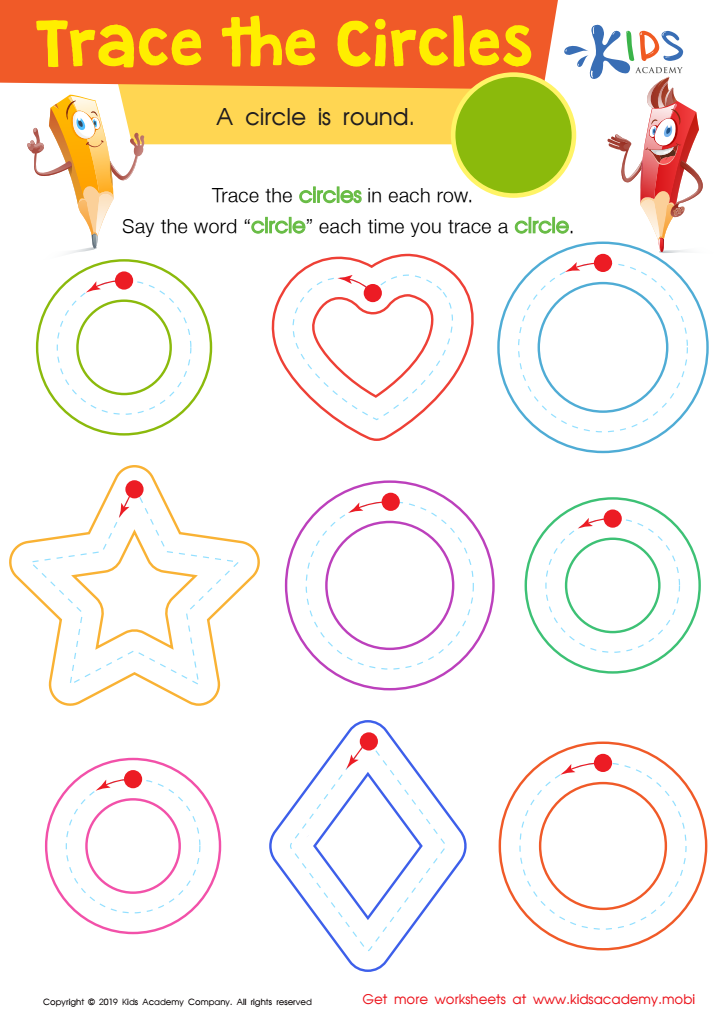

Trace The Circles Worksheet
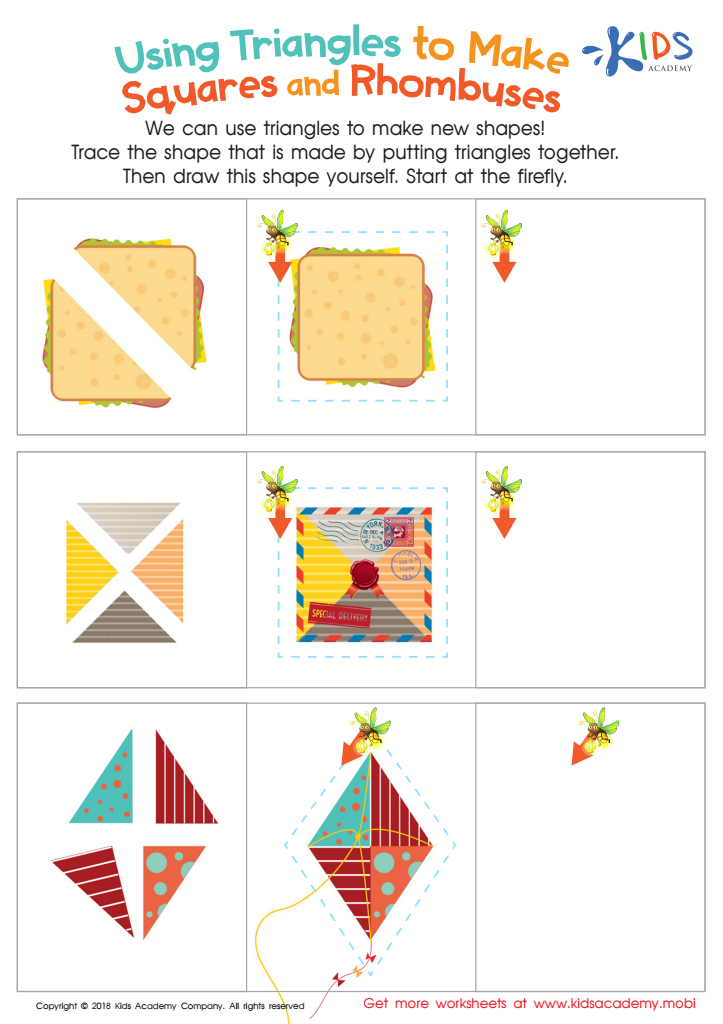

Using Triangles to Make Squares and Rhombuses Worksheet
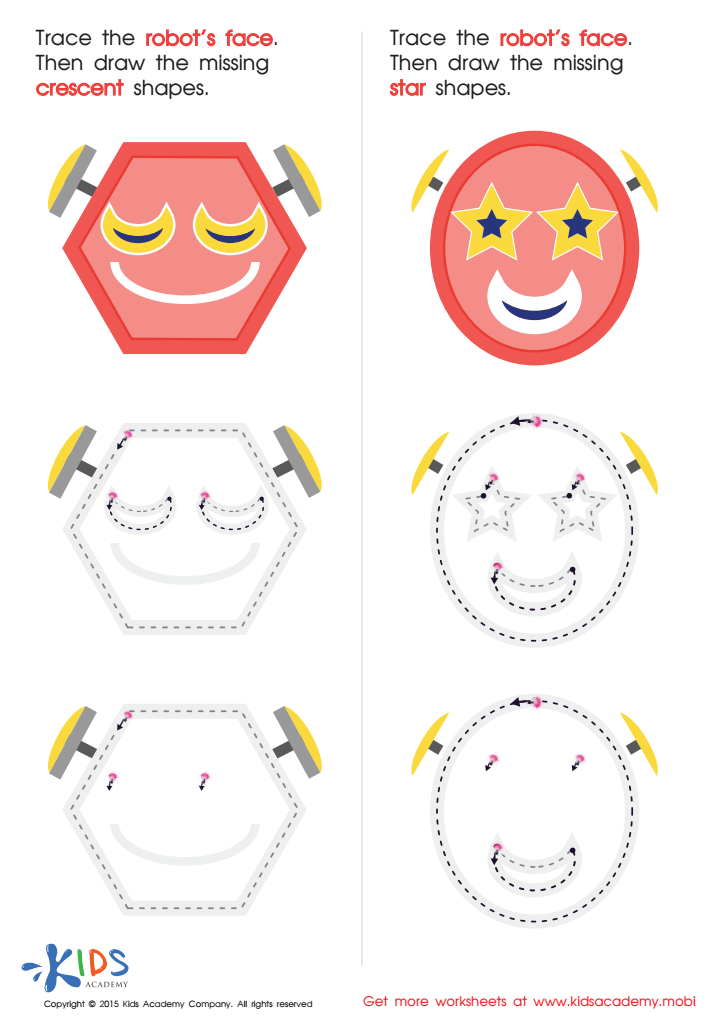

Composing a Robot's Face of Crescents And Stars Worksheet
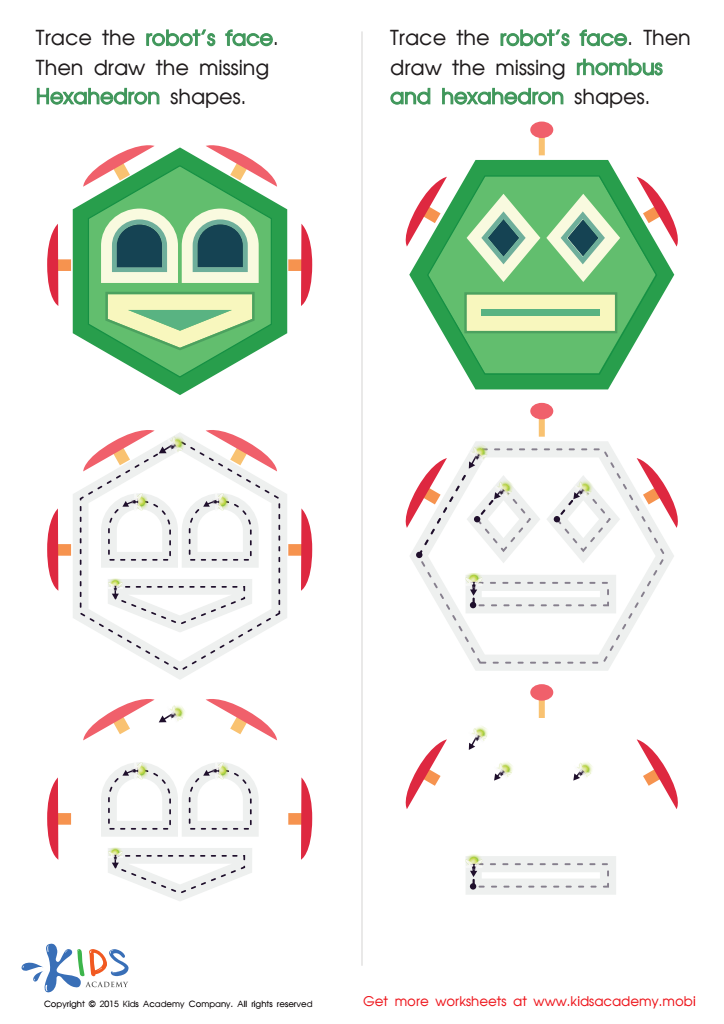

Practice Drawing Hexahedrons And a Rhombus Worksheet


Drawing a Triangle Worksheet
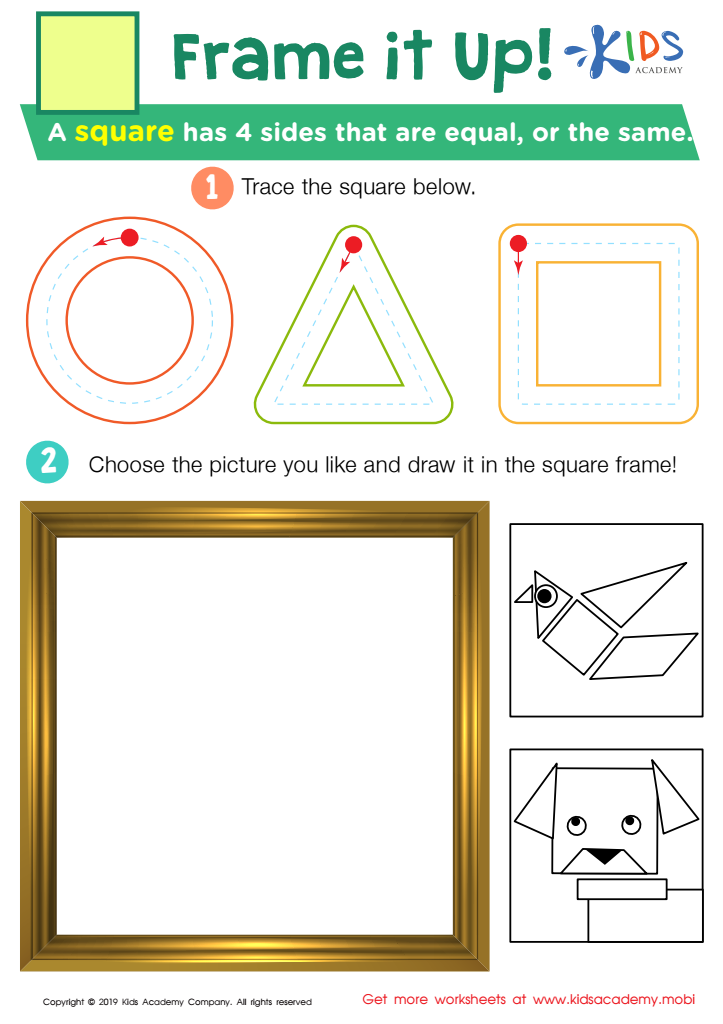

Frame it Up Worksheet
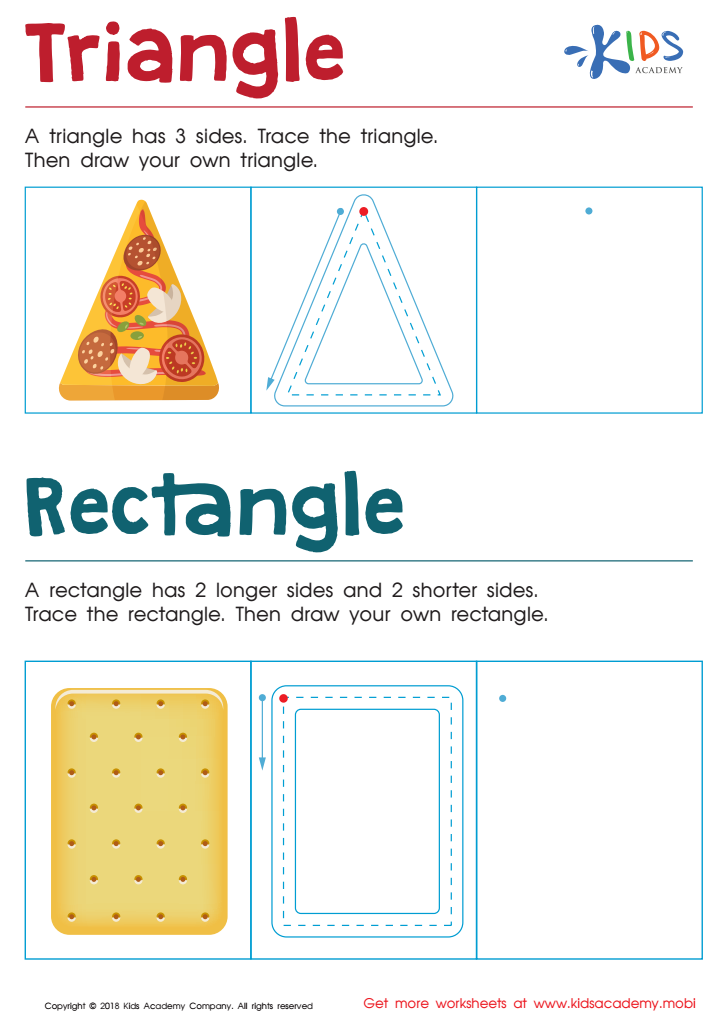

Triangle Rectangle Worksheet
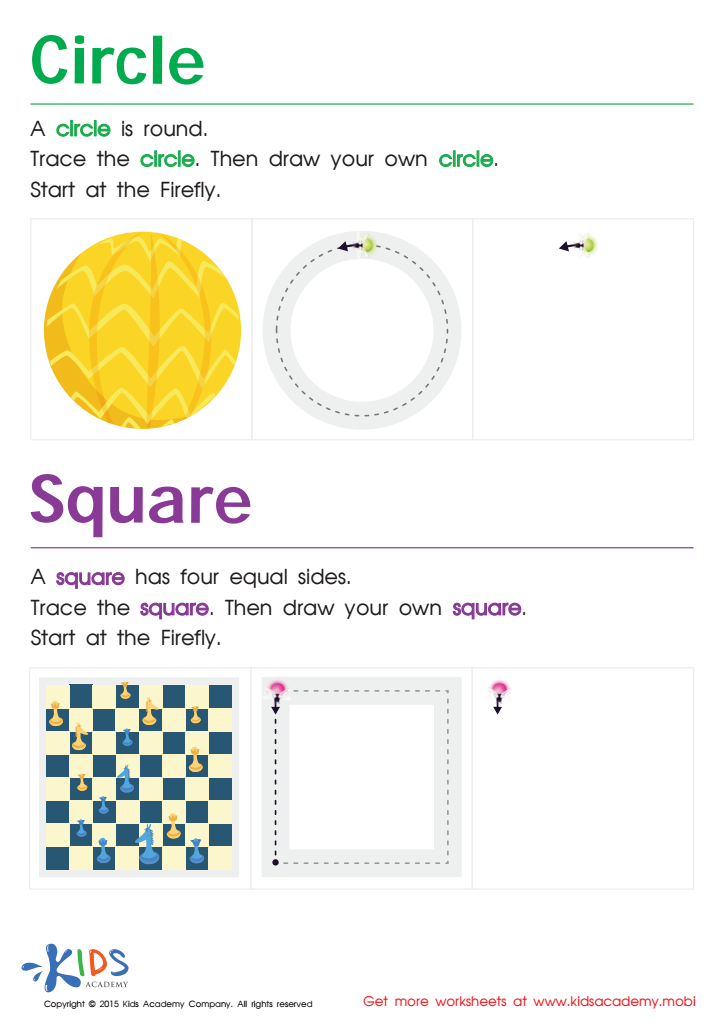

Trace And Draw a Circle And a Square Worksheet


Let's Look! Part 2 Worksheet
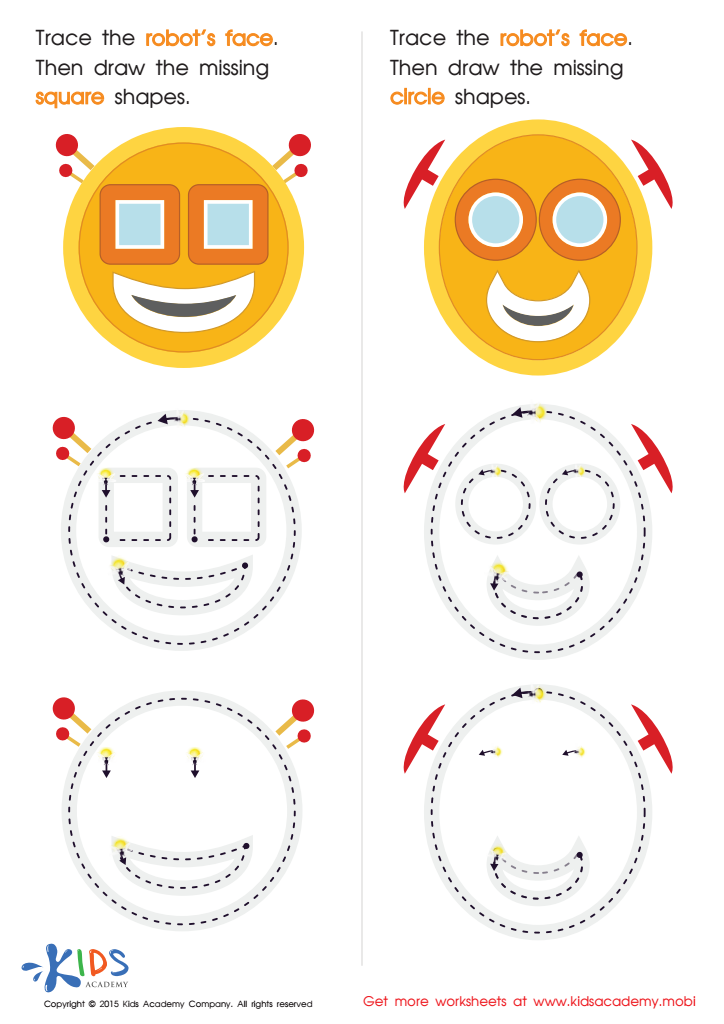

Practicing to Draw Circles And Squares Printable
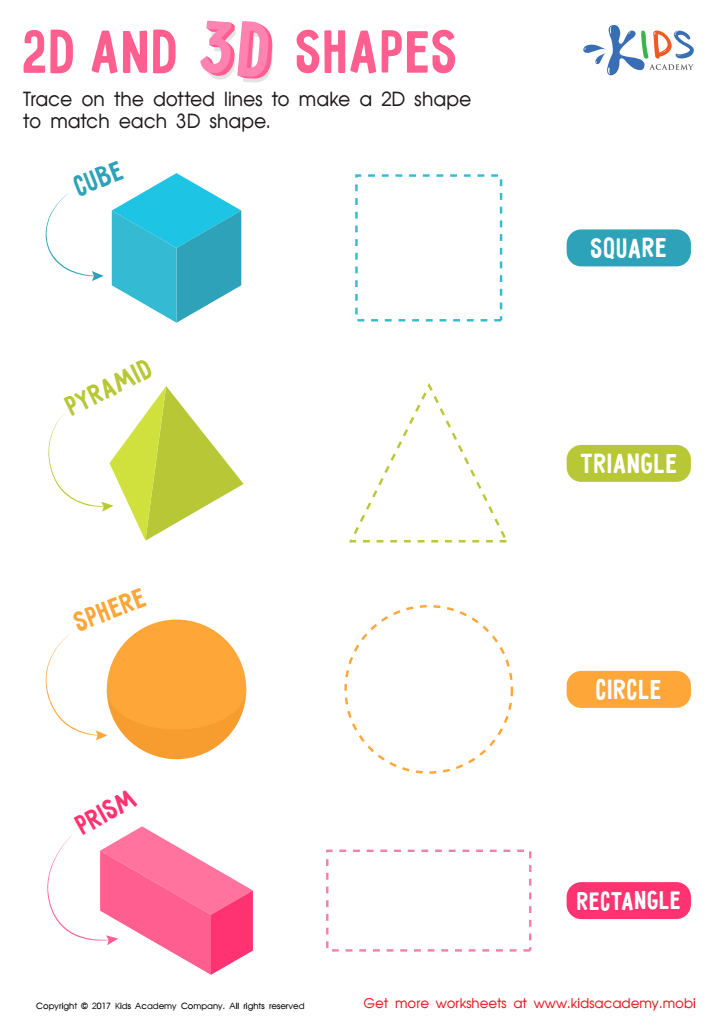

2D and 3D Shapes Worksheet


Drawing with a Little Monster Worksheet
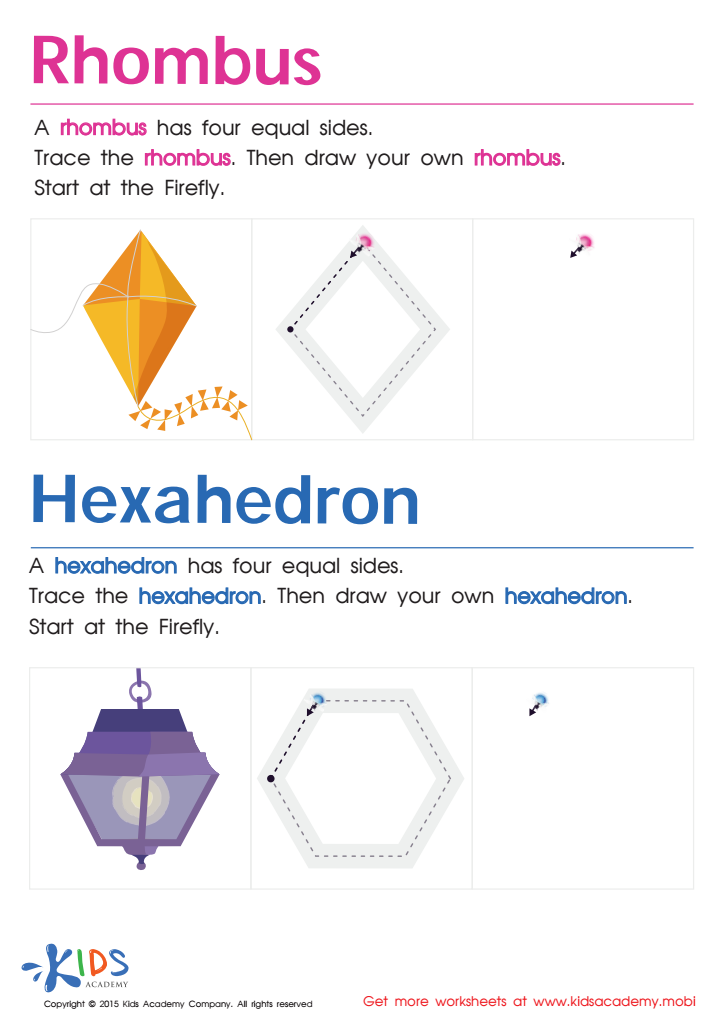

Draw a Rhombus And a Hexahedron Printable
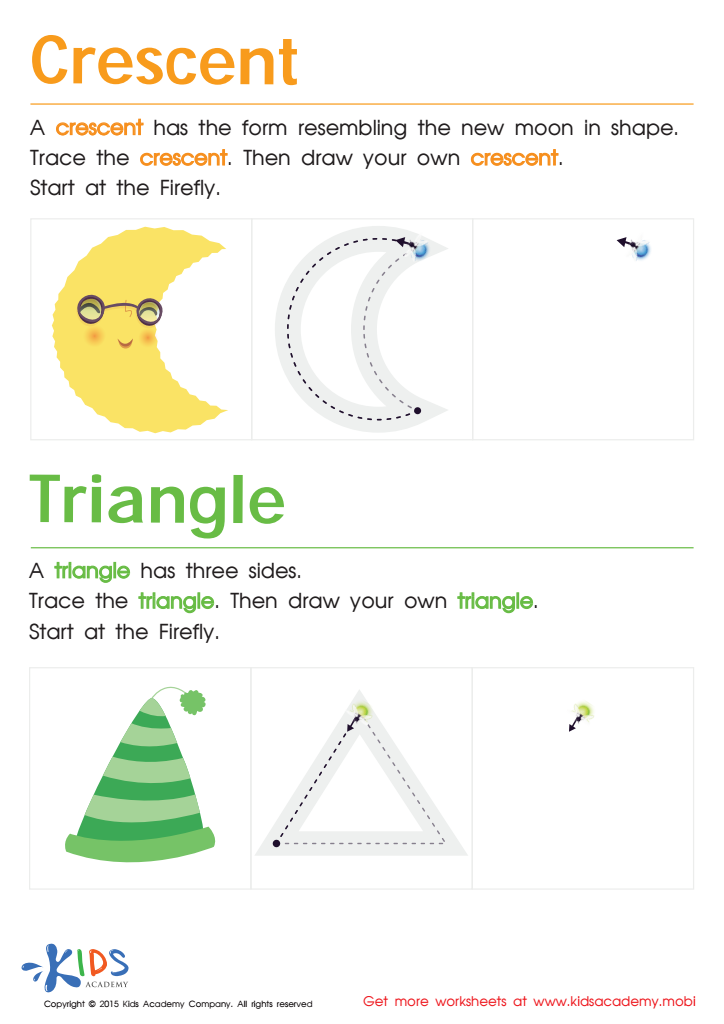

Learning to Draw Crescents And Triangles Worksheet
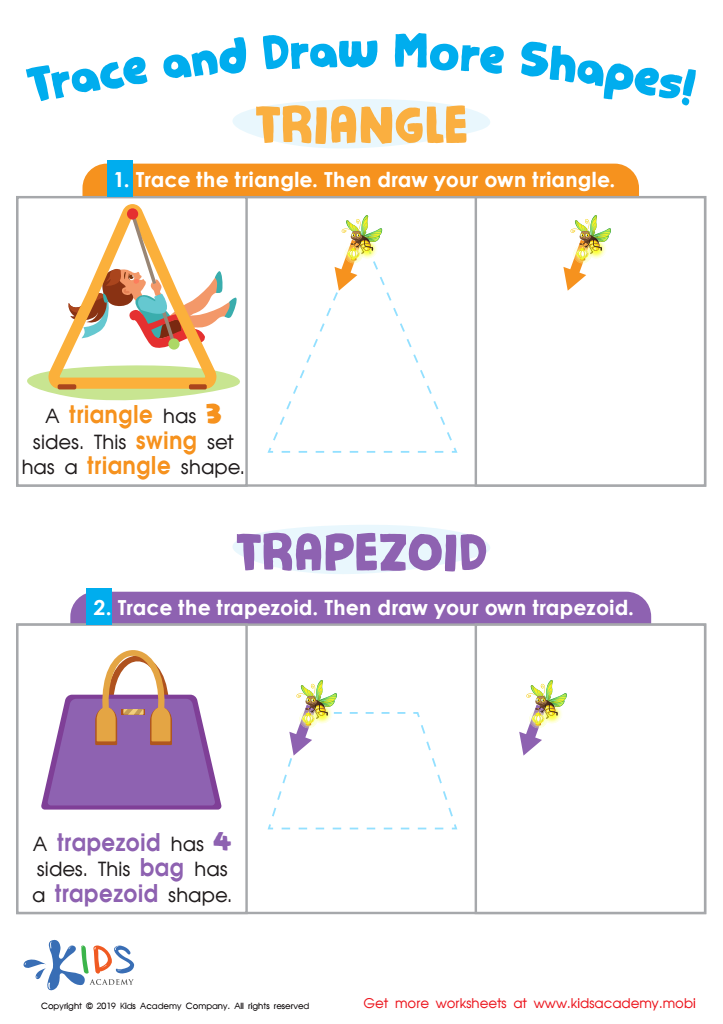

Trace and Draw More Shapes Worksheet
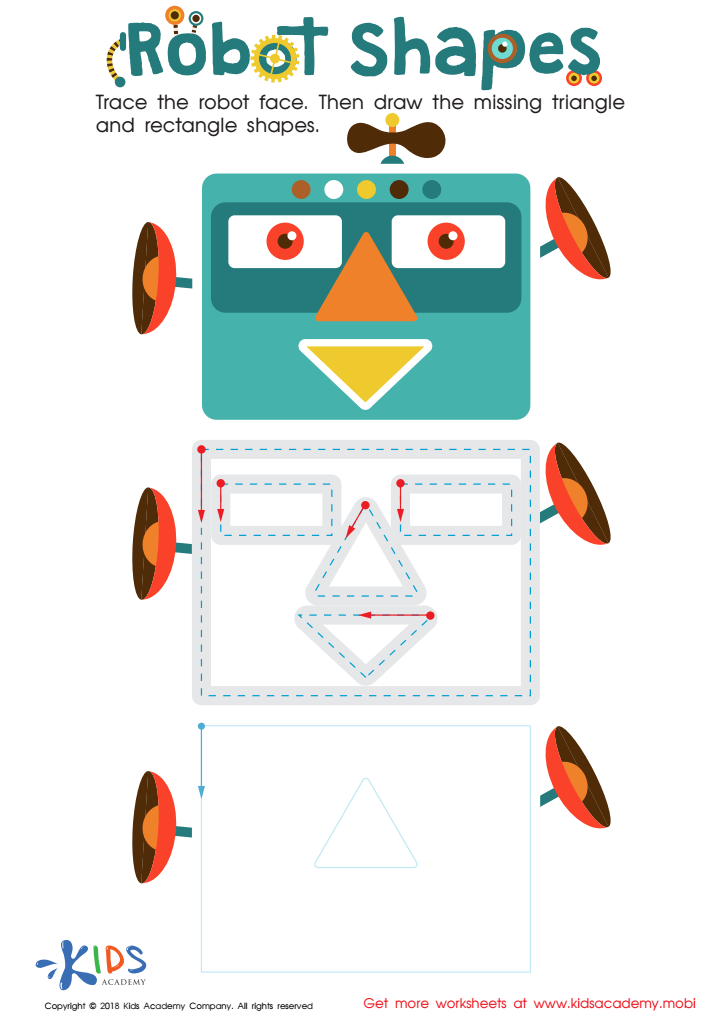

Robot Shapes Worksheet
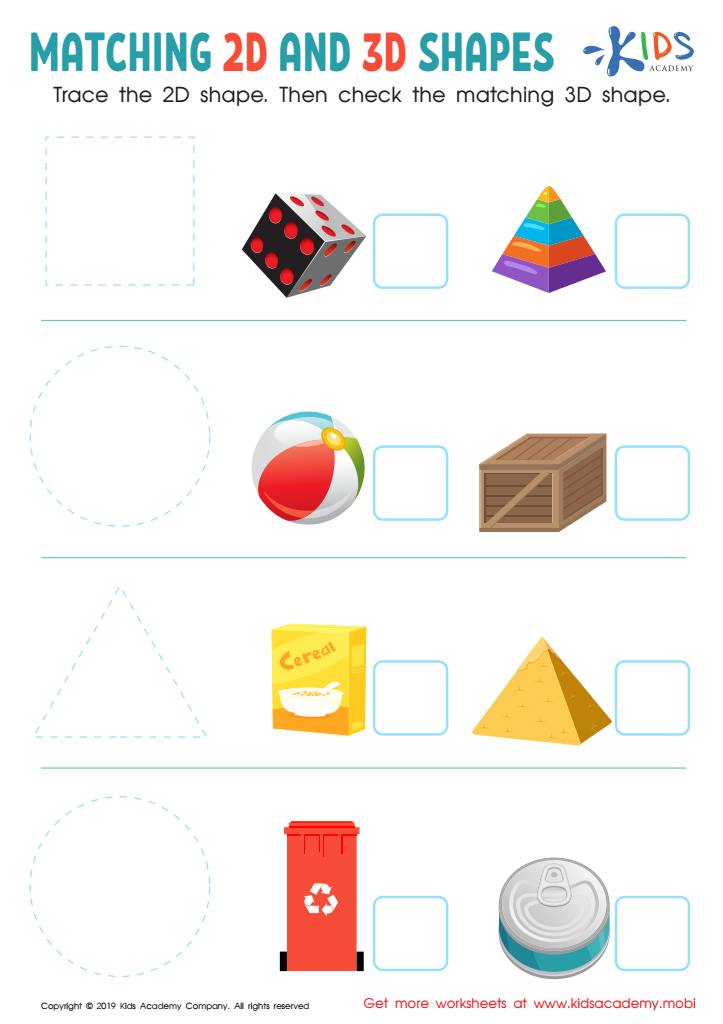

Matching 2D and 3D Shapes Worksheet
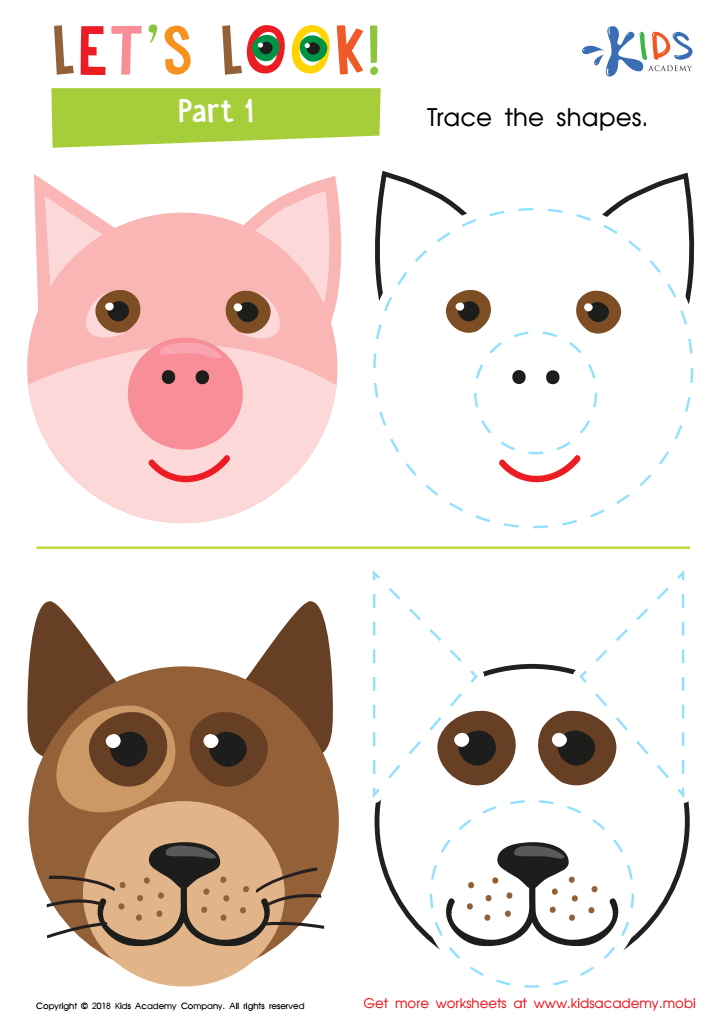

Let's Look! Part 1 Worksheet
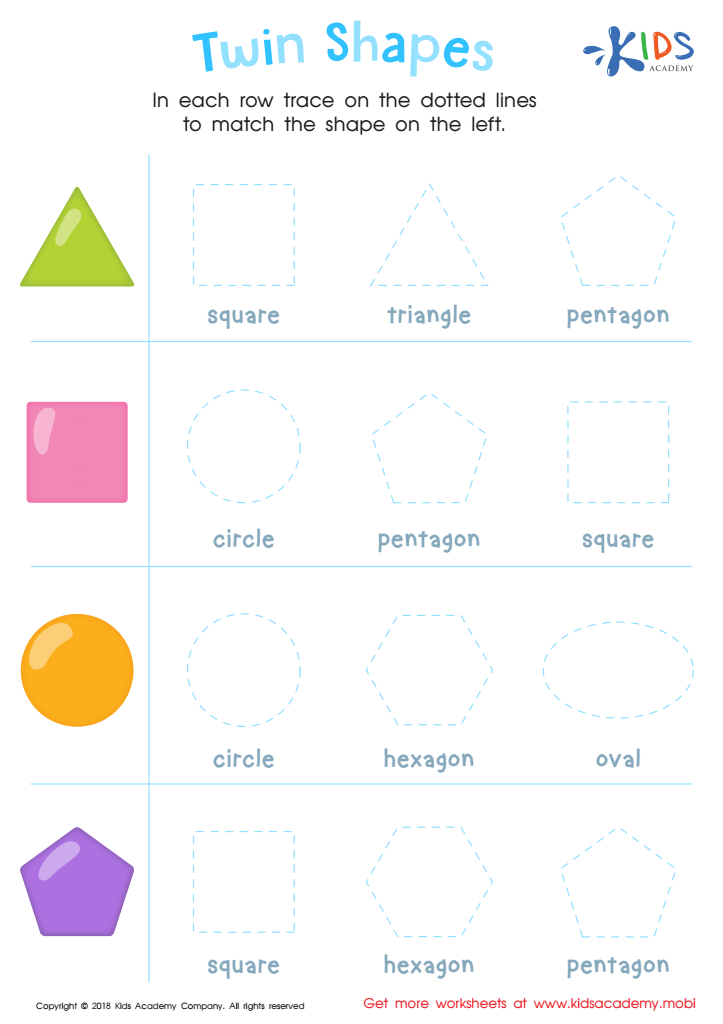

Twin Shapes Dot-to-Dot Worksheet
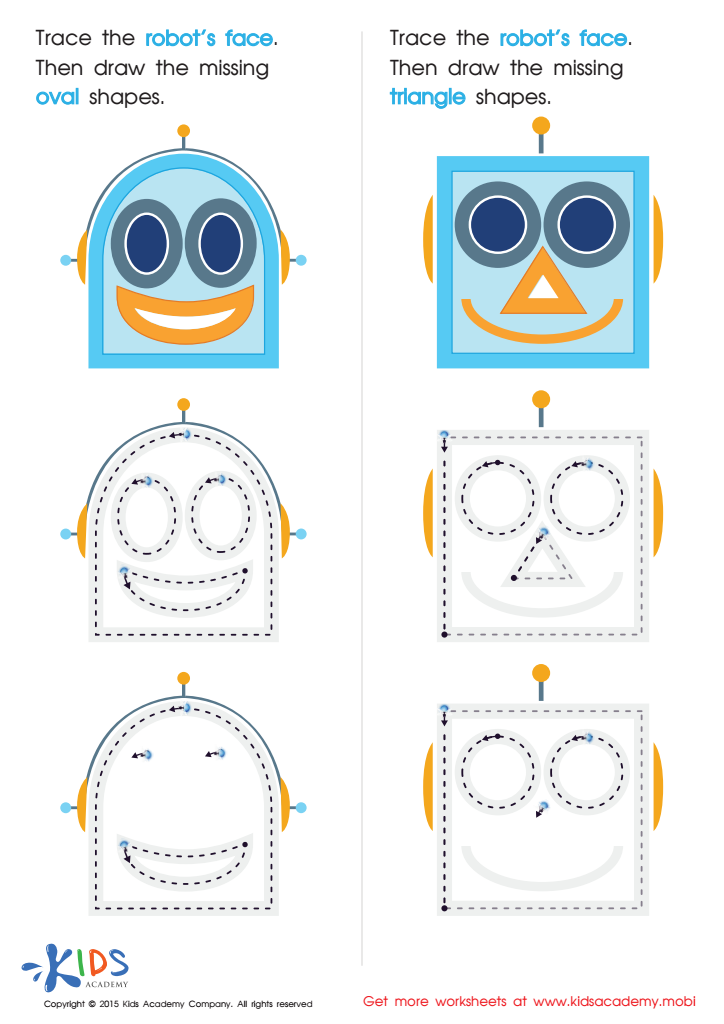

Drawing Ovals And Triangles with Fun Printable
Tracing shapes activities are essential for children aged 3-7, as they serve as a foundational skill in early childhood education. Engaging in these activities helps build crucial fine motor skills, which are necessary for tasks like writing, drawing, and self-care routines. As children trace various shapes, they enhance their hand-eye coordination, which is a vital developmental milestone.
Furthermore, tracing shapes introduces young learners to geometry in a fun and interactive way. It helps them recognize different shapes such as circles, squares, triangles, and more, fostering spatial awareness. This understanding supports future math skills as children learn to identify and compare shapes in their environment.
For parents and teachers, tracing shapes activities offer clear educational benefits paired with enjoyable, hands-on experience. These activities can be easily integrated into daily routines, fostering creativity and engagement. Additionally, incorporating answers or guidance ensures that children receive positive reinforcement and accurate feedback, allowing them to feel confident in their skills.
In essence, tracing shapes nurtures children's cognitive and physical development, setting the stage for future academic success. By prioritizing these activities, adults play a vital role in promoting lifelong learning and curiosity in young learners.

 Assign to My Students
Assign to My Students


